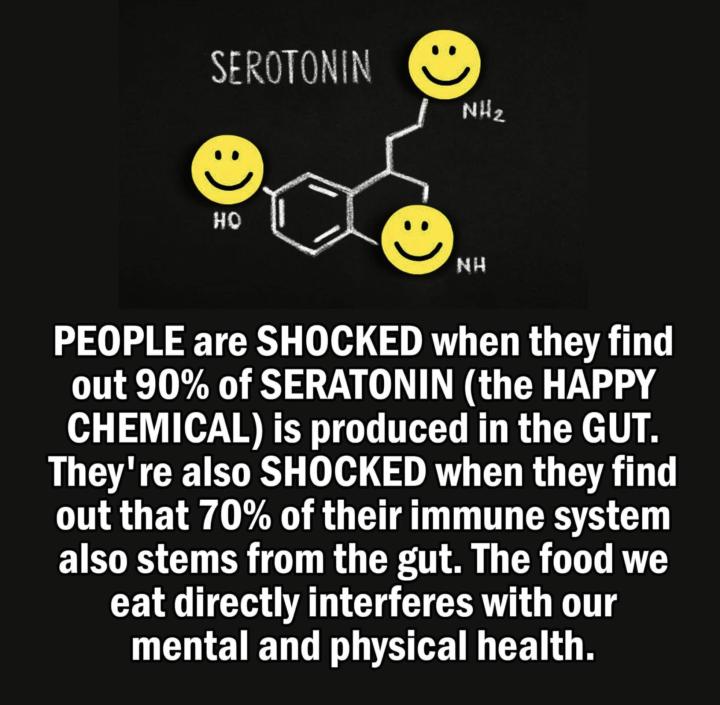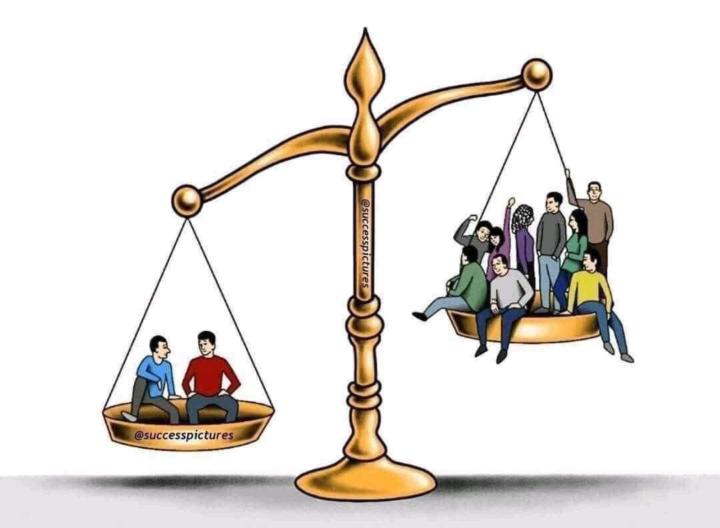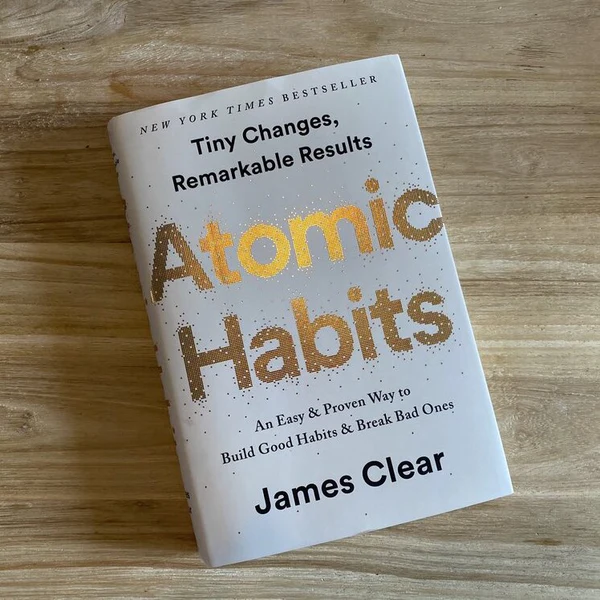
Write something
Procratination: 𝐅𝐞𝐚𝐫, 𝐀𝐯𝐨𝐢𝐝𝐚𝐧𝐜𝐞, 𝐚𝐧𝐝 𝐭𝐡𝐞 𝐏𝐨𝐰𝐞𝐫 𝐭𝐨 𝐂𝐡𝐚𝐧𝐠𝐞
Procrastination is often misunderstood as mere laziness, but in reality, it’s an avoidance mechanism tied to deeper fears and anxieties. When we procrastinate, we’re not just putting off a task; we’re avoiding the emotional discomfort tied to the task. Understanding these fears is the first step to overcoming procrastination and transforming your relationship with achievement. The Hidden Fears Behind Procrastination Procrastination is rooted in fear—fear of the outcome, fear of judgment, or fear of change. Here are the 10 most common fears that drive procrastination: 1. Fear of Failure: The worry that your efforts won’t be good enough, leading to embarrassment or disappointment. 2. Fear of Success: A paradoxical fear that success will bring more responsibility, scrutiny, or change than you’re ready for. 3. Fear of Public Judgment: Concern about how others will perceive your work or ideas. 4. Fear of Being Ostracized: The fear of standing out and being rejected for doing something different or unique. 5. Fear of Making the Wrong Decision: Indecision can paralyze action, making any choice feel overwhelming. 6. Fear of Change: Comfort in the familiar often outweighs the uncertainty of change, even if the change is positive. 7. Fear of Commitment: The worry that starting something means you must see it through, even if it becomes challenging. 8. Fear of Success Not Lasting: Anxiety about achieving a goal only to lose it later. 9. Fear of Criticism: A hypersensitivity to feedback that discourages taking the first step. 10. Fear of Responsibility: Success can bring new obligations, which some fear will add pressure or complexity to their lives. Understanding which fears resonate with you is critical because they influence your behavior, often leading to avoidance instead of action. The Stimulus-Response Cycle and Procrastination Procrastination operates as a stimulus-response cycle. A task or goal acts as the stimulus, triggering a response of avoidance because of the emotional discomfort tied to it. Over time, this pattern becomes ingrained, creating a habit loop that runs on autopilot.
1
0

The Gut - Brain Connection: Bio-Hacking Happiness and Immunity
😳Did you know that 90% of serotonin, the chemical that fosters happiness and emotional well-being, is produced in the gut? Even more astonishing, 70% of your immune system originates there as well. These statistics reveal that the food we eat isn’t just about fuel—it’s a critical component of our mental and physical health. 🧠The connection between the gut and brain is undeniable, and the science is catching up to what many traditional practices have known for centuries: the gut is the foundation of total-body wellness. Let’s explore how neurotransmitters, neural pathways, and mindful practices like hypnotherapy can foster long-term happiness and health, as well as the foods that support this vital connection. 🔬The Science of Neurotransmitters and Gut Health Neurotransmitters like serotonin and dopamine are chemical messengers that influence mood, behavior, and cognitive function. While serotonin is often associated with the brain, its production is primarily influenced by the gut microbiome—the collection of trillions of microorganisms in the digestive tract. • Neural Pathways and Mental Health: The brain and gut communicate through the vagus nerve, forming a bidirectional system often referred to as the gut-brain axis. Poor gut health disrupts this communication, leading to inflammation, mood imbalances, and even anxiety or depression. • Reframing and Neural Pathways: Cognitive exercises like reframing, which involves shifting how you interpret negative experiences, help to rewire neural pathways, creating healthier emotional responses over time. Studies show reframing reduces activity in the brain’s amygdala (responsible for fear and stress) while increasing positive neural connections in the prefrontal cortex (responsible for decision-making and calm thinking). • Hypnotherapy and Long-Term Neural Pathways: Hypnotherapy goes even deeper. By accessing the subconscious mind, it helps dissolve negative thought patterns and replace them with empowering beliefs. Over time, this builds more resilient neural pathways that enhance serotonin production and improve emotional stability.
4
0

"A Little Honest is Worth More Than A Lot Of Fake"
In a world where appearances often take precedence, it’s easy to fall into the trap of prioritizing quantity over quality in relationships. There was once a man named Leo who, after a major career failure, found himself surrounded by silence. The friends who cheered him on in his success suddenly became too busy. Only his childhood friend, Ethan, reached out—not with judgment, but with curiosity and kindness. Ethan didn’t need Leo to be a winner to enjoy his company. That single, honest friendship became Leo’s anchor, reminding him that his value didn’t rest in his achievements but in who he was as a person. Fake friends might fill your social media feed or calendar, but the emotional toll of putting on a show for them—hiding failures, maintaining appearances, and “keeping up with the Joneses”—can be exhausting. Research shows that inauthentic relationships increase stress and anxiety, as our brains are wired to crave genuine connection and acceptance. Real friends, on the other hand, provide a rare gift: the freedom to be yourself, flaws and all. They accept you as you are and as you are not. The psychological relief and emotional upliftment of knowing you’re not judged but supported fosters better mental health and greater happiness. Studies confirm that having even one true confidant is more impactful for emotional well-being than a large network of acquaintances. The Emperor Marcus Aurelius wrote, “If it is not right, do not do it; if it is not true, do not say it.” True friendship stems from authenticity and integrity—qualities that flourish when we embrace honesty over pretense. Take a moment today to evaluate your connections. Are they real? Are they draining you or uplifting you? Remember, it’s better to have one authentic friend than a thousand fake ones.
2
0

🦃 Thanksgiving : A History of Overcoming Hardship
Did you know the first Thanksgiving in 1621 wasn’t just about food? It was about resilience and God’s provision . Despite immense hardships—including a brutal winter and food scarcity—the Pilgrims and the Wampanoag tribe came together to celebrate what they did have. This wasn’t just a meal; it was an act of gratitude and community in the face of adversity. Gratitude, appreciation, and thankfulness are tools to express love for your God. Use these tools daily to change your perspective when your down, deepen your relationships instead of letting them be taken for granted, and create an abundant life when it seems like there is lack. 🧠 The Neuroscience of Gratitude Gratitude isn’t just emotional; it’s biological. Practicing gratitude strengthens the prefrontal cortex, the part of your brain that handles decision-making and emotional regulation. Over time, it rewires your brain for resilience and optimism—even when gratitude feels forced at first. Gratitude isn’t just a nice-to-have; it’s a must-have for building a better life. In my experience, choosing gratitude, speaking appreciation, and embracing thankfulness are the real game-changers—not just today, but every day. ✨ Choose Gratitude, Not Complaints Scientifically gratitude is proven to rewire your brain. Neuroscience shows that practicing gratitude increases dopamine and serotonin—the brain’s “feel-good” chemicals. When you complain, you strengthen neural pathways that reinforce negativity instead. Gratitude is a choice to focus on what’s good, even when it’s hard. 📝Write down 3 things you’re grateful for right now. It doesn’t have to be big—small wins matter. ✨ Speak Blessings, Not Gossip What if the words you spoke could change the energy of your relationships? Japanese scientist Dr. Masaru Emoto’s experiments showed that positive words and blessings directed at water molecules created beautiful, harmonious patterns under a microscope, while negative words created chaos and disarray. Considering that the human body is 60% water, what might happen to your mind, body, and relationships if you spoke blessings and appreciation instead of criticism or gossip?

🎯Lessons from “Atomic Habits”
Here are 7 Steps to Build Habits That Stick taken from “Atomic Habits” coupled with Stoic Wisdom. James Clear’s Atomic Habits provides a blueprint for creating habits that last by focusing on small, consistent changes. Here are seven actionable steps, backed by Stoic philosophy and psychological research, to make habits automatic and transformative. 🌟 Step 1: Focus on Identity, Not Outcomes To create lasting habits, align your identity with your desired actions. Instead of saying, “I want to save money,” say, “I am someone who values financial responsibility.” This shift helps embed the habit into who you are, not just what you want. Marcus Aurelius reminds us, “You become what you give your attention to.” Studies in psychology show that when people see themselves as the kind of person who performs a habit, they are far more likely to stick with it. Identity drives behavior. 🪴 Step 2: Make Habits Small and Achievable Start with habits that feel ridiculously easy. For example, commit to writing just one sentence a day instead of trying to write an entire chapter. Small, consistent wins compound into life-changing results over time. Epictetus advised, “Progress is not achieved by luck or accident, but by working on yourself daily.” Research from Stanford shows that tiny habits are easier for the brain to adopt because they require less willpower to perform consistently. 👀 Step 3: Leverage the Power of Cues Behaviors are often triggered by environmental cues. Make your desired habit obvious by associating it with a specific time, place, or action. For instance, leave your workout gear next to your bed or your journal on your desk. Seneca wisely said, “Fate leads the willing and drags along the reluctant.” By designing your environment thoughtfully, you make it easier to follow your intentions. Studies show that 40% of our daily actions are dictated by environmental cues, not conscious decisions. 🎁 Step 4: Use Immediate Rewards The brain craves instant gratification. Pair your habit with a small, satisfying reward to reinforce it. For example, allow yourself to watch your favorite show only after completing your daily exercise.

1-29 of 29

skool.com/max-potential-unleashed-6265
✅ Take Life to the Next Level !
✅ Rapidly Rewire Your Subconscious Mind (Hypnosis, NLP, & More)
✅ Classes: Money, Love, Habits, Success
Powered by


